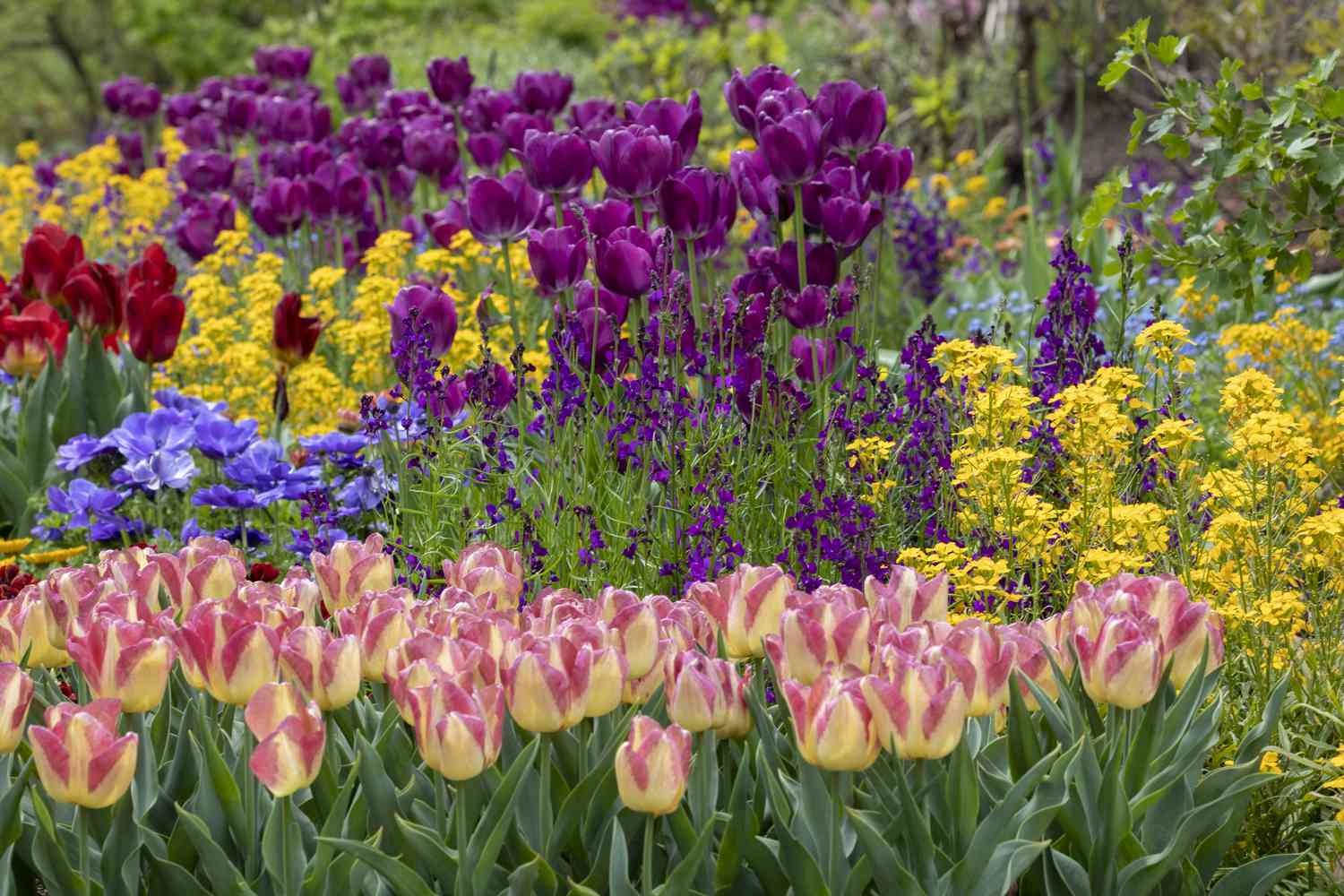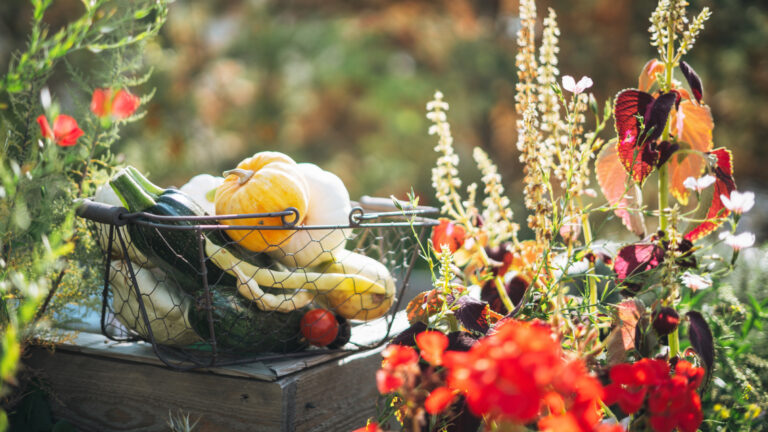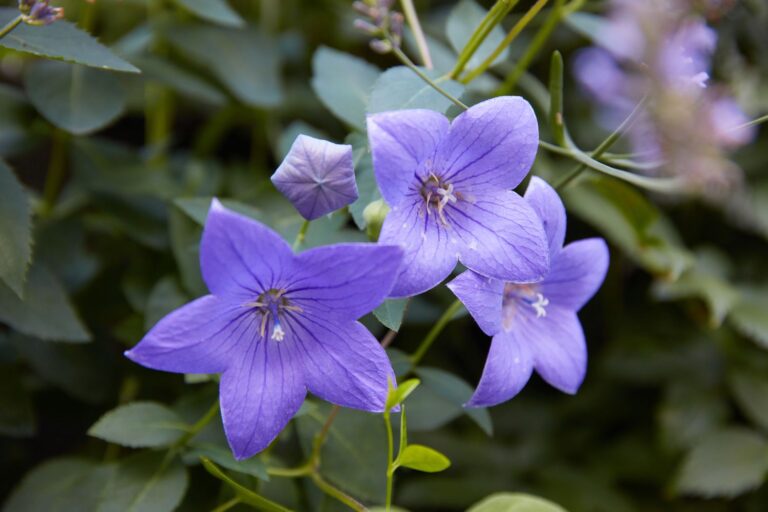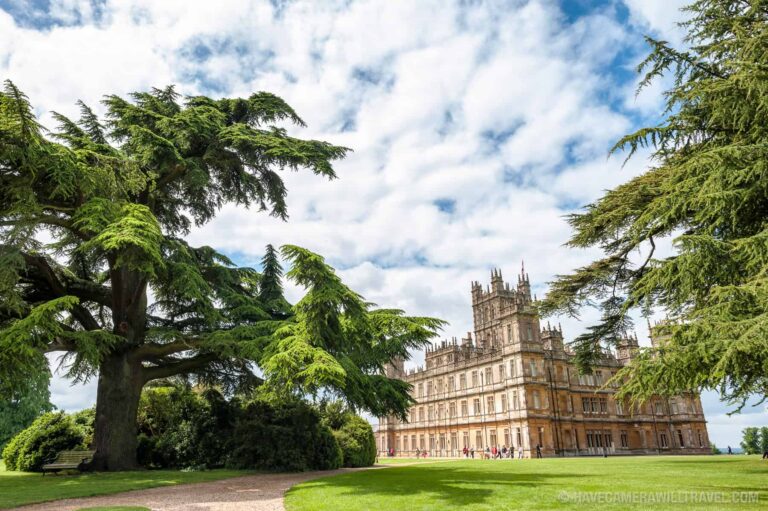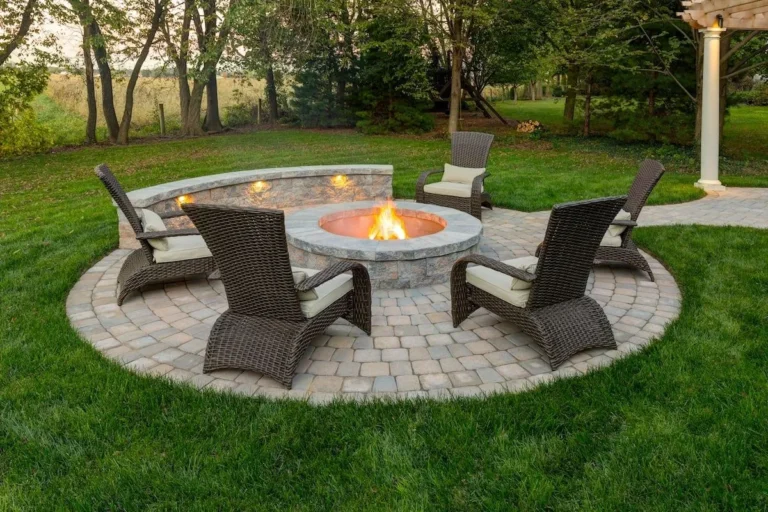Best Spring Flowering Bulbs to Plant in Fall | Complete Guide
Thoughtful gardeners start the enchantment of spring by planting bulbs during autumn which will create beautiful displays of color and fragrance and new life in their gardens. Experienced gardeners recognize that the real springtime beauty needs careful planning and planting during the winter season even though many gardeners concentrate on autumn leaf colors.
Seven spring-flowering bulbs create a sequential blooming system which provides continuous garden beauty from late winter through early summer.
The Science Behind Fall Bulb Planting Success
Spring-flowering bulbs operate on an ingenious biological clock that requires cold winter temperatures to trigger proper development. Bulbs develop their essential root systems during fall planting when soil temperatures stay between 40-50°F which enables them to secure themselves and take in nutrients before entering winter dormancy.
The plant requires a period of cold temperatures known as vernalization to end its dormant state and start the biochemical reactions needed for spring bloom production. The correct planting time of bulbs determines whether they produce leaves instead of flowers because improper timing leads to leaf growth without flowers but proper timing results in beautiful floral displays.
The bulb contains all necessary components for plant development from roots to stems and leaves and flower buds which makes fall planting equivalent to buying a complete self-sustaining garden system.
The process of successful bulb cultivation requires more than just burying storage organs in the ground. The distinction between ordinary and special displays requires knowledge of plant needs and their blooming sequence and design rules which create lasting visual appeal for perennials.

Essential Planting Techniques
The correct implementation of fundamental planting techniques will result in the best possible outcomes for every bulb species. The first step to success involves choosing a location that gets at least six hours of direct sunlight per day but some plants can thrive under partial shade conditions.
Soil preparation holds the greatest importance because bulbs require excellent drainage to survive winter dormancy without developing rot. Heavy clay soils require organic materials including compost and shredded leaves and well-rotted manure to improve drainage and provide essential nutrients.
The universal planting depth rule requires bulbs to be placed at depths which are two to three times their height starting from the base of the bulb to the soil surface.
The guideline provides sufficient protection against winter temperature fluctuations while enabling new growth to get enough sunlight. The distance between bulbs depends on the plant species but tulips and daffodils need six inches of space while hyacinths require four inches and crocus and grape hyacinth need three inches for maximum display effect.
The success levels of the project depend on when regional operations take place. The planting period for gardeners in USDA zones 3-7 occurs during September through October when the weather is six weeks before the first expected hard frost. People who garden in Southern areas with zones 8 through 10 should chill their bulbs inside a refrigerator for 12 to 16 weeks before planting them during late November through early December.
The Magnificent Seven: Bulbs for Continuous Spring Color
Daffodils: The Herald of Spring’s Arrival
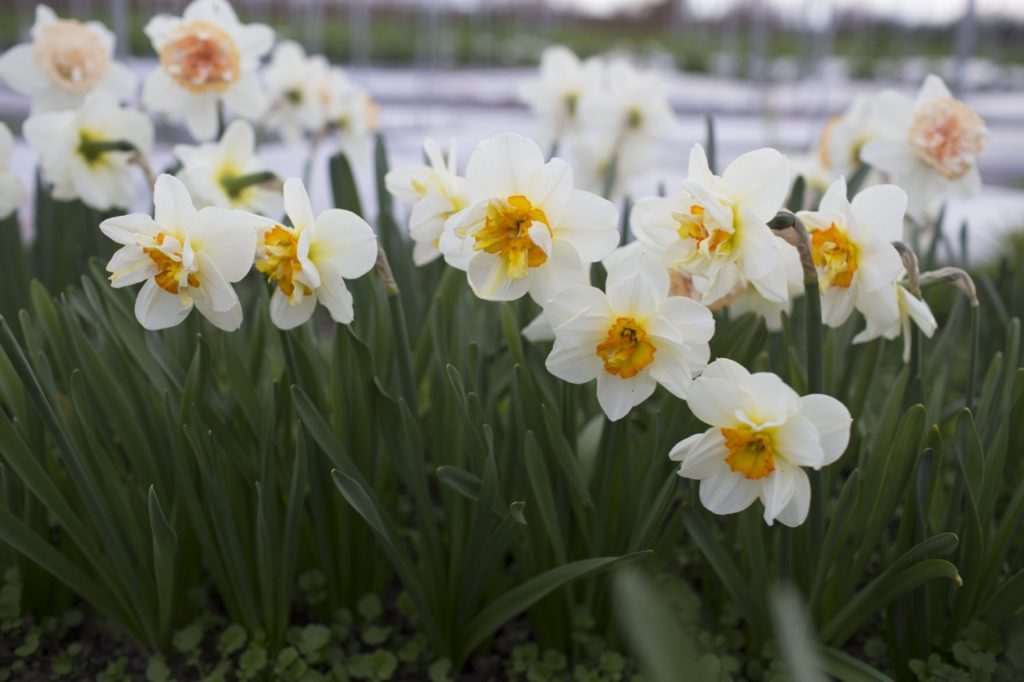
Daffodils function as the first indicators which announce the arrival of spring. The spring garden requires daffodils to complete its beauty because Narcissus includes multiple species and thousands of cultivars. The bulbs produce their first vibrant colors through winter snow cover because they are highly resistant to deer damage.
The modern breeding programs have introduced new colors such as white, peach, pink and bi-colors in addition to the traditional yellow and have also developed new flower forms like trumpets, doubles, split-coronas and miniatures.
Plant daffodil bulbs six to eight inches deep in groups of seven to nine bulbs for naturalistic displays that create visual impact without appearing artificial. The permanent colonies of daffodils form naturalized populations which grow every year making them suitable for low-maintenance gardens.
The secret to creating outstanding daffodil displays involves choosing different blooming varieties which will keep flowers in bloom from early March through late May.
The combination of ‘February Gold’ for early blooms with ‘Ice Follies’ for mid-season and ‘Actaea’ for late-season flowers will create continuous color. The miniature varieties reach six inches while the standard varieties grow up to eighteen inches tall which makes them suitable for different garden spaces including rock gardens and naturalized lawn areas where their foliage disappears before the first mowing.
For more information about daffodil varieties, consider the wide range of options available from early to late-blooming cultivars.
Tulips: Masters of Colorful Succession
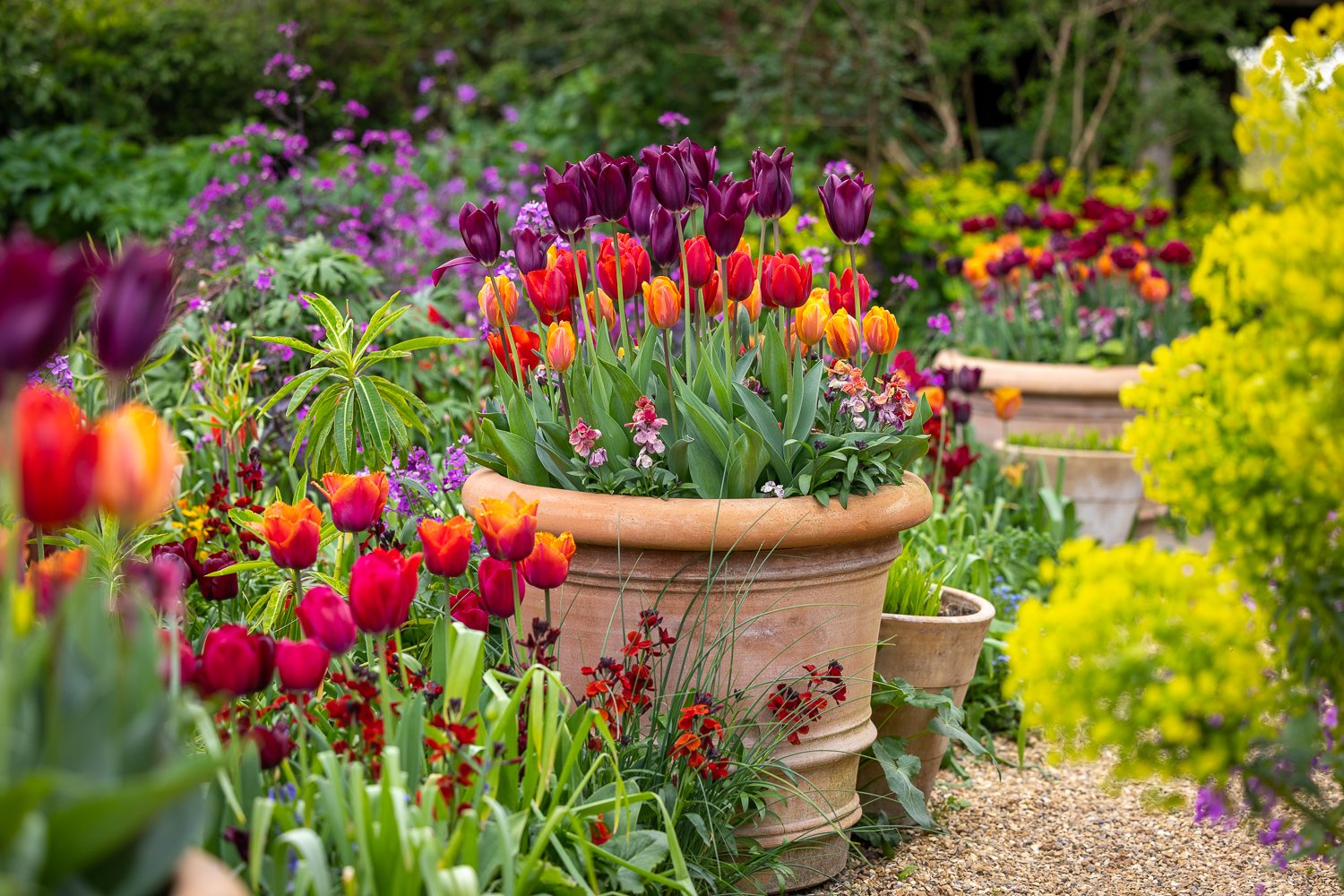
Tulips create a colorful display of months through their succession of blooms. The tulip produces beautiful springtime displays naturally yet achieving continuous color throughout the year becomes possible through planting different tulip varieties instead of using mid-season bulbs.
The tulip classification system includes early, mid-season and late-blooming varieties which provide different benefits for maintaining flower displays from March until June. The garden receives its necessary winter color from ‘Purple Prince’ and ‘Princeps’ varieties but the late-blooming parrot and lily-flowered types extend the display until early summer perennials start blooming.
The cultivation of tulips in areas with gentle winters requires proper care of temperature needs and suitable plant selection. The species tulips Tulipa clusiana T. linifolia and T. sylvestris thrive better in warm temperatures than hybrid tulips yet they bring a refined elegance which hybrid tulips lack.
Plant tulip bulbs six to eight inches deep in groups of twelve or more for dramatic impact, spacing bulbs four to six inches apart. The practice of planting in straight lines has evolved into naturalistic drifts which create the appearance of wildflowers blowing in the wind.
Hyacinths: Fragrance That Defines Spring’s Essence
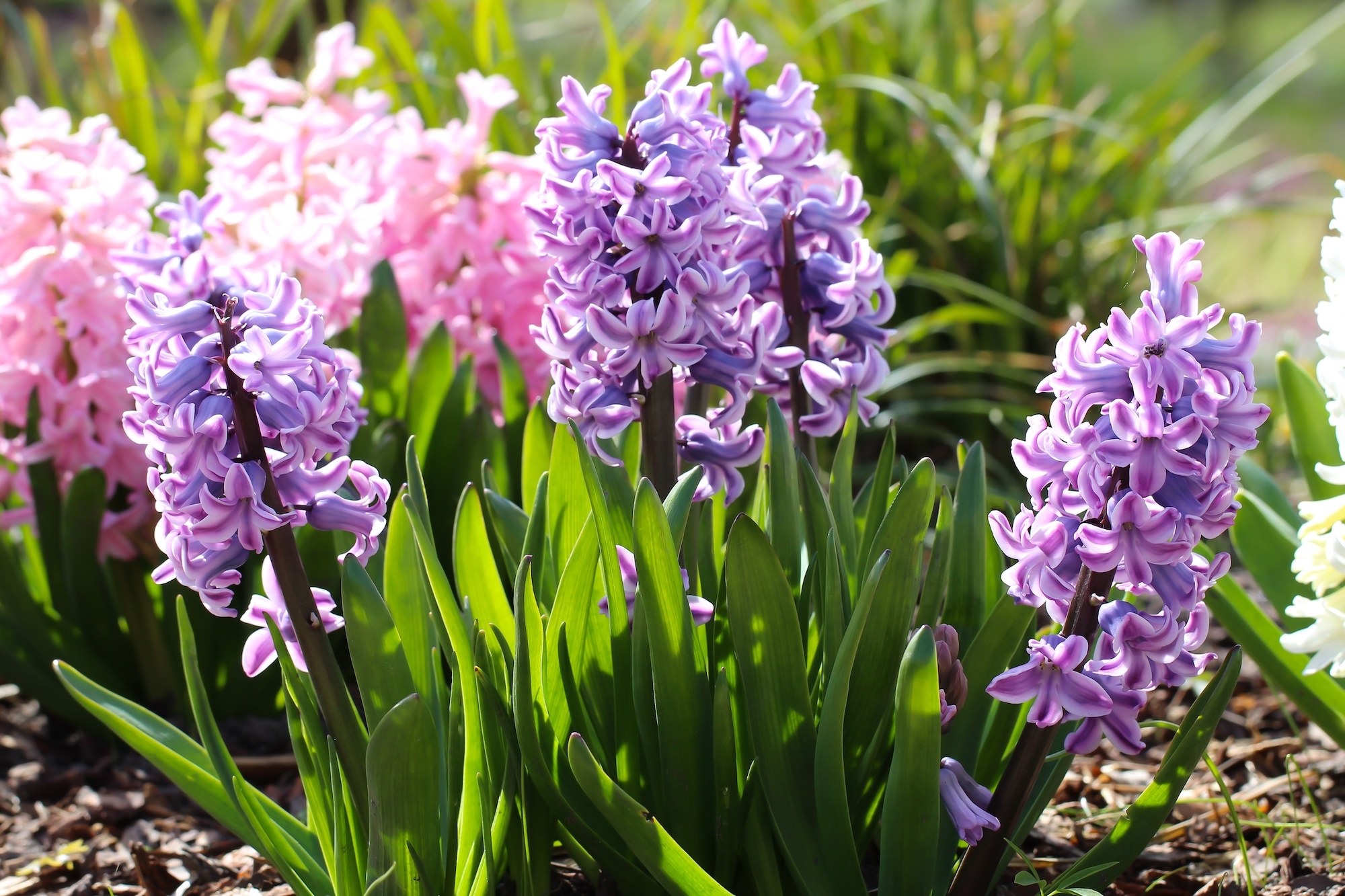
Hyacinths produce fragrant perfumes that create scented spaces in outdoor areas after winter releases its seasonal control. The small bulbs create tight flower clusters which display pastel and jewel-toned colors suitable for container gardens and border edges and indoor flower arrangements.
The sensory experience of hyacinths in spring gardens stands apart from other bulbs because they provide both visual appeal and fragrant scents which create lasting memories for garden visitors.
Plant hyacinth bulbs at a depth of six to eight inches with four to six inches of space between bulbs for the most intense fragrance. The bulbs contain compounds which can irritate sensitive skin so gloves should be worn when handling them. Modern cultivars now offer a wide range of colors which include pink, white, peach, yellow and deep purple to match any design requirement.
The succession plan should start with ‘Pink Pearl’ for early blooming followed by ‘Jan Bos’ in mid-season and ‘Miss Saigon’ for late blooming to achieve six weeks of fragrant flowers.
Crocus: Winter’s End Announced in Living Color

These small bulbs deliver exceptional value to gardens because they produce their first flowers of the year through winter snows. Crocuses spread naturally to form colorful flower carpets which bloom back every spring season. The cup-shaped flowers of these plants reveal themselves during sunny days but hide their petals at night and during periods of cloud cover thus creating a lively visual effect in springtime gardens.
Plant crocus bulbs three to four inches deep in groups of twenty-five or more for visual impact, spacing bulbs two to three inches apart. The small corms function well when planted in naturalized lawns and under deciduous trees and along woodland borders which receive sunlight before trees leaf out.
Select from species types like Crocus tommasinianus for naturalizing ability, or larger Dutch hybrids for more substantial blooms. The three varieties ‘Goldilocks’ for early bloom and ‘Jeanne d’Arc’ for mid-season bloom and ‘Striped Beauty’ for late bloom will create a long-lasting flower display.
Alliums: Architectural Drama in Late Spring
:max_bytes(150000):strip_icc()/how-to-grow-alliums-ornamental-onions-1402878-03-0bbf1235537a4cc2ab3de809a259e3b9.jpg)
Alliums create dramatic architectural effects which become visible during late spring. Alliums create a visual connection between spring bulb displays and summer perennial blooms through their architectural beauty which stands out without overpowering other plants. The ornamental onions develop round flower clusters made of numerous small florets which create complete spheres that appear to drift above leaves on their four-foot tall stems.
The depth of planting allium bulbs depends on their size because ‘Globemaster’ needs eight inches of soil but ‘Purple Sensation’ requires only five inches. Space bulbs six to eight inches apart, considering their substantial mature size. The flower heads serve as pollinator attractors because they provide benefits to pollinators while creating dried arrangements that keep their structure and colors intact for multiple months.
The successful growth of alliums requires an understanding of their particular life cycle patterns.
The plants produce their leaves in advance of their flowering stalks which enables them to blend with subsequent perennial growth that covers their fading leaves. The combination of ornamental grasses with daylilies and Russian sage produces attractive arrangements that keep their visual appeal throughout summer.
Learn more about growing alliums for best results in your garden.
Grape Hyacinths: Dependable Naturalizing Champions
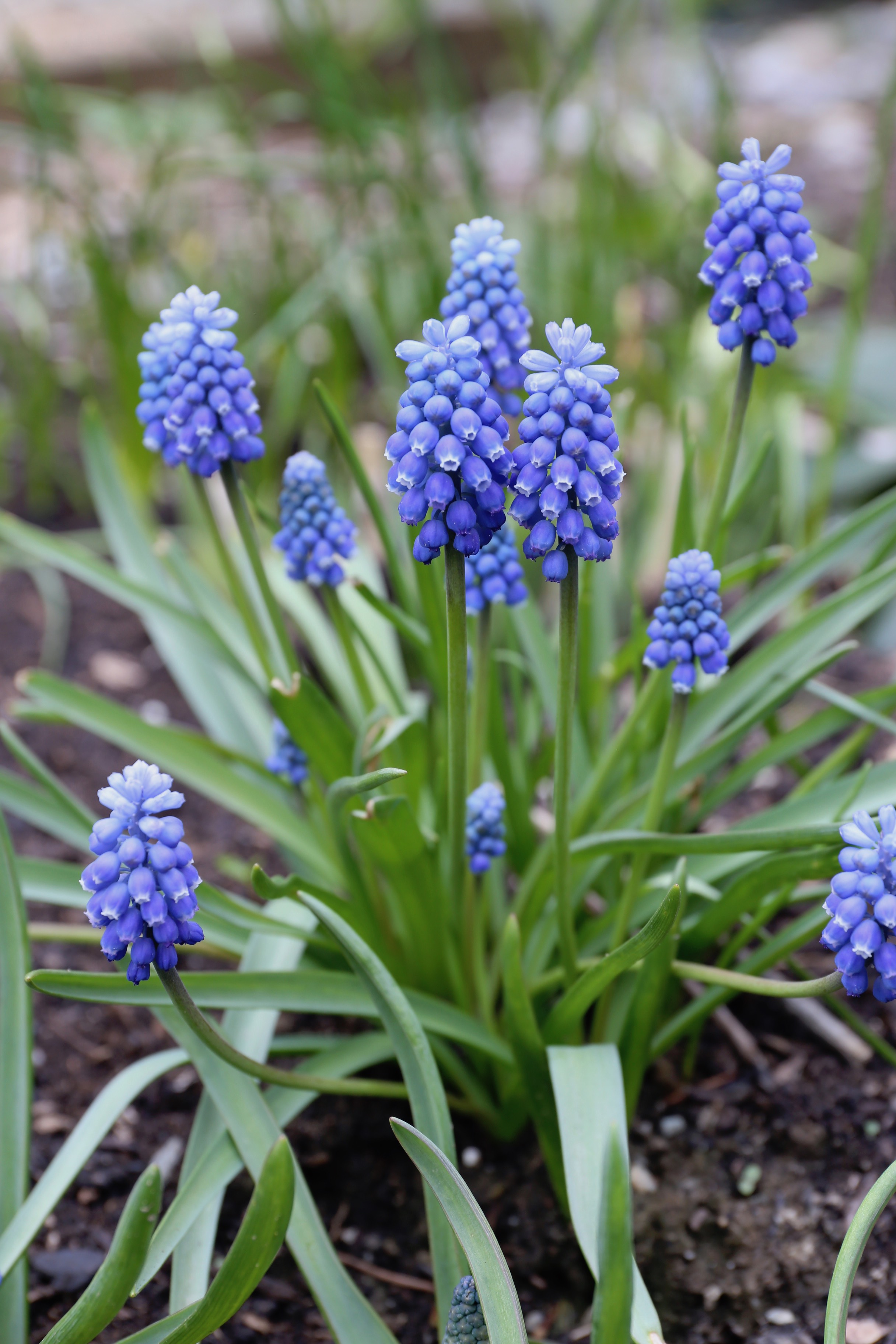
Grape Hyacinths function as dependable naturalizing plants which produce long-lasting floral displays. The plant Muscari produces grape hyacinth flowers which display small clusters of grape-like blooms in shades of blue purple and white. These naturalizing plants produce reliable annual reproduction which creates expanding drifts that require minimal maintenance while providing annual springtime color.
Plant grape hyacinth bulbs three to four inches deep in groups of fifteen to twenty-five bulbs, spacing them three inches apart. The grass-like leaves appear in autumn and stay active during winter months to create a fine foundation for springtime blooms. Their distinctive growth pattern generates attractive winter garden displays when most plants enter their dormant state.
The best results occur when you plant Muscari armeniacum with Muscari latifolium and Muscari aucheri to achieve different plant heights and flowering periods. The bulbs achieve their best results when planted beneath deciduous trees because they receive sunlight during spring before tree leaves emerge and then thrive in summer shade when the leaves naturally fall off.
Species Tulips: Perennial Performers for Sustainable Gardens

Species tulips function as the wild ancestors of modern garden tulips because they maintain their perennial nature and naturalizing ability unlike hybrid tulips which typically fade after their first spring bloom. The compact varieties of these plants grow between four to twelve inches tall which makes them suitable for rock gardens and border edges and naturalized plantings to showcase their refined beauty.
Plant species tulip bulbs four to six inches deep in well-drained soil, spacing bulbs four inches apart. Their compact size and early flowering period makes them perfect to pair with crocus and grape hyacinth which bloom during the first part of spring. The star-shaped flowers display eye zones with contrasting colors and detailed petal designs which become hidden in bigger hybrid flower varieties.
The most outstanding tulip varieties include Tulipa clusiana which displays pink and white bicolor blooms and T. linifolia which produces red flowers with pointed petals and T. sylvestris which offers yellow blooms with pleasant scent.
These plant varieties establish themselves naturally in the garden because they reproduce annually with growing strength while needing minimal upkeep.
Advanced Design Techniques for Maximum Impact
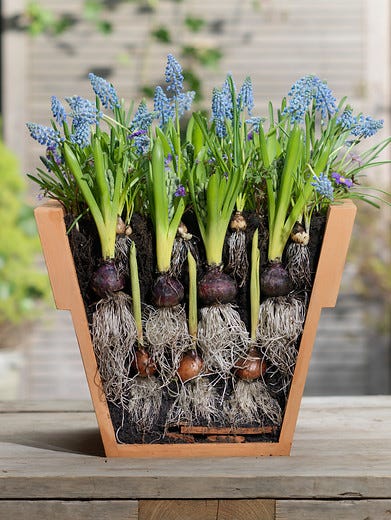
The process of creating exceptional spring bulb displays involves more than basic planting since it demands advanced design methods which produce instant visual appeal and enduring results. Bulb layering known as “lasagna planting” requires placing bulbs of different types at different soil levels in the same planting bed to achieve a layered display that blooms at different times during spring.
Begin by excavating soil to twelve inches deep throughout the planting space while incorporating compost and bulb fertilizer. Place large bulbs like daffodils and tulips at the eight-inch level, covering with two inches of soil before adding medium-sized bulbs like hyacinths at the six-inch level. Plant grape hyacinth and crocus bulbs at the three-inch depth after adding another layer of soil.
Color Theory in Bulb Design
Designers create artistic unity in bulb arrangements through their intentional use of color theory principles. The visual arrangements of monochromatic color schemes that use various shades of one color need viewer attention to be fully appreciated. The deep purple ‘Queen of Night’ tulips with lavender grape hyacinths and violet crocus in purple-themed plantings create depth through different shades of purple rather than contrasting colors.
The color wheel shows opposite hues which create the most visually striking effect when used in complementary color schemes.
The placement of yellow daffodils with purple grape hyacinths produces attractive arrangements which draw people from far away. These statements function most effectively in extensive landscape plantings because they generate powerful visual effects which surpass the ability to notice individual plant details.
Naturalistic Design Principles
Naturalistic planting designs duplicate the natural occurrence of pleasing patterns in nature while steering clear of the structured arrangement of traditional bulb planting. The method involves scattering bulbs by handful before planting them in the ground to create natural-looking organic drifts which appear to occur randomly. The method works best for naturalizing plants including daffodils and grape hyacinths and species tulips because they reproduce and expand their numbers annually.
Regional Adaptations and Climate Considerations
The cultivation of spring bulbs depends on climate zone conditions because gardeners need to adjust their methods and choose suitable plant varieties for their specific area. Gardeners in zones 3-5 of the north benefit from consistent winter cold which leads to superior blooming but must deal with harsh temperature swings that harm new plant growth.
Gardeners in Southern zones 8-10 need to employ pre-chilling methods and choose heat-resistant plants because their gardens do not receive enough winter chill.
Coastal and Mountain Considerations
The coastal areas face specific difficulties because of salt spray exposure and sandy ground conditions and temperatures that range from moderate to cold during winter months. The selection of bulbs for these areas needs bulbs that can withstand heat and are disease-resistant while excluding varieties that need cold temperatures. The combination of Mediterranean species tulips with particular daffodil cultivars and grape hyacinths proves suitable for coastal settings.
Mountain regions offer perfect conditions for bulb cultivation because they maintain cool summer temperatures and regular winter frost but gardeners need to manage the short growing season and protect their plants from frost during blooming time. The choice of early-blooming varieties serves two purposes by safeguarding plants from frost damage and producing an extended blooming season before summer heat arrives.
For detailed climate zone information, refer to the USDA Hardiness Zone Map to determine your specific growing conditions.
Maintenance and Long-Term Care Strategies

The outcome between spectacular spring bulb displays and ordinary plantings depends on the post-bloom maintenance which numerous gardeners tend to disregard. The bulb growth pattern reveals how post-bloom maintenance practices determine the quality of flowers that will bloom in the following year. The plant continues to use sunlight through photosynthesis to build up energy reserves in the bulb for the next year’s flower production.
Wait for six weeks after blooming ends before you start to braid, tie or remove bulb foliage since it will turn yellow on its own.
The bulb depends on foliage to produce and transfer energy during this essential time which determines the following year’s flower output. The placement of bulbs between daylilies and hostas and ornamental grasses creates a natural screen that hides bulb foliage as it fades.
Fertilization and Division
Yearly fertilization provides long-term benefits to bulbs when plants remain in the ground year after year. Apply balanced bulb fertilizer when shoots emerge in spring and repeat the application after bloom completion when foliage stays active. Plants will produce more flowers when you use fertilizers containing low nitrogen because these products promote flower growth instead of leaf development.
The need for division emerges when bulb colonies reach excessive density because tight plant spacing results in smaller flowers and decreased flower output even with proper maintenance. Most bulbs need division every three to five years but daffodils and grape hyacinths can go longer without division before their performance declines due to overcrowding.
Troubleshooting Common Problems and Solutions
Even experienced gardeners encounter challenges with spring bulbs, but understanding common problems and their solutions prevents minor issues from becoming major disappointments. The most common issue of poor or no blooming occurs because of insufficient sunlight exposure and incorrect planting depth and overcrowding and early foliage removal in the previous growing season.
Disease and Pest Management
Bulb rot causes bulbs to become soft and discolored while preventing them from emerging or leading to weak yellowing leaves. This condition usually indicates poor drainage or overly wet conditions during dormancy. Soil drainage needs to be perfect through organic matter addition and water should be avoided during autumn and winter seasons.
The combination of deer and rabbit and squirrel and chipmunk damage causes severe harm to bulb plantings but proper variety selection and protective methods help reduce the extent of damage. The unpalatable compounds in daffodils alliums and fritillaries protect them from most wildlife but tulips and crocus need physical barriers or repellent applications for protection.
Weather-Related Issues
Premature emergence during winter warm spells followed by freezing temperatures can damage developing flower buds and foliage. The selection of climate-resistant plant varieties together with protective mulch application during temperature extremes serves as a method to reduce plant damage from weather conditions. Avoid removing protective snow cover during winter, as snow provides excellent insulation against temperature extremes.
For comprehensive pest management strategies, consult integrated pest management resources for environmentally friendly solutions.
The process of creating spectacular spring bulb displays requires more than just planting bulbs during autumn months. The art of creating outstanding garden displays depends on mastering how temperature and timing and soil conditions and design principles work together to elevate ordinary plantings into extraordinary displays.
The seven essential spring-flowering bulbs serve as the foundation for seasonal color progression which generates continuous surprises that create lasting memories after their blooming season. The strategic combination of plants with correct planting methods and scheduled maintenance enables these exceptional plants to deliver long-lasting dependable performance which enhances annually.
The money spent on quality bulbs and proper soil preparation and design planning leads to beautiful spring displays for many years which mark the end of winter in an elegant way.
The process of planting spring-flowering bulbs in either natural drifts or structured beds creates a highly rewarding experience for gardeners.

